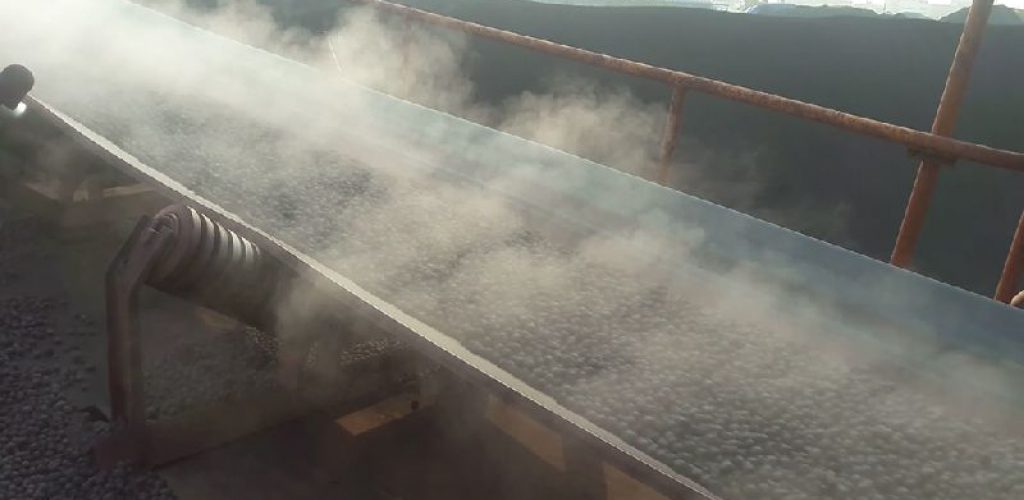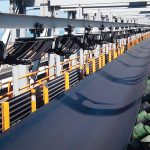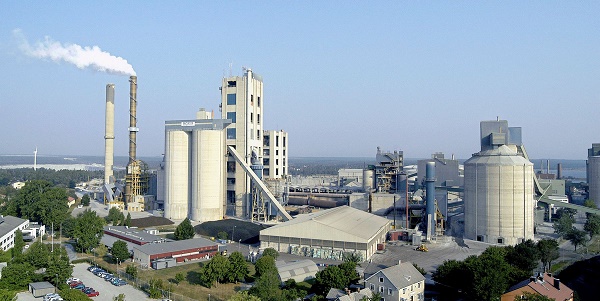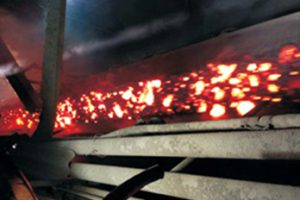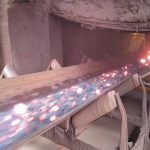What Are the Key Properties of T1, T2, T3, T4 Heat-Resistant Conveyor Belts?
In the technical description of conveyor belts, we often encounter T1, T2, T3, T4, and EPDM, which represent the performance of heat-resistant conveyor belts. What do these designations mean, and how are they different? Heat-resistant conveyor be...
The Most Comprehensive National and Organizational Conveyor Belt Testing Standards
Conveyor belts are used in a wide range of industries, so the quality of conveyor belts has become crucial. So how to determine whether the conveyor belt is qualified? What standards do qualified conveyor belts need to follow? Today, we will take yo...
What is the Difference between Heat-Resistant Conveyor belts and Fire-resistant conveyor belts?
In the realm of conveyor belts, we often encounter two distinct types: heat-resistant conveyor belts and fire-retardant conveyor belts, are these two types the same? If not, what sets them apart, and where are they respectively employed? Heat-Res...
How to make the heat-resistant conveyor belt can reach the level of 800 °C?
The existing conveyor belt is composed of a lower covering rubber layer, a carcass layer, an upper covering rubber layer and an edge rubber. The carcass layer is made of heat-resistant canvas material (EP, NN, etc.). This rubber convey...
Several Standards that Must Be Strictly Followed for Heat-resistant Conveyor Belts
Heat-resistant conveyor belts have a wide range of uses, such as coking plants, cement plants, sintering plants and steel plants, etc. When choosing a conveyor belt, you need to choose according to the actual usage. The conveyor belts of differe...
How to Choose The Right Conveyor Belt for Cement Plant?
The history of cement can be traced back to the mixture of lime and volcanic ash used by the ancient Romans in construction. The concrete made by bonding gravel with it has not only higher strength after hardening, but also resistance to erosion by ...
The King of High Temperature Resistant conveyor belt— EPDM Conveyor Belt
EPDM (Ethylene Propylene Diene Monomer) is a copolymer of ethylene, propylene and a small amount of non-conjugated diene. It is a kind of ethylene propylene rubber. Composition, only contains unsaturated double bonds in the side chain, so it has...
How to effectively extend the service life of heat-resistant conveyor belts?
Heat-resistant conveyor belt, as you know, is a conveyor belt with characteristics for use in high temperature environments. Heat-resistant conveyor belts are widely used in steel, cement, chemical and other industries. Features: When the cov...
The characteristics of the carcass material of the heat-resistant conveyor belt
The conveyor belt carcass material is divided into: (1) Natural fibers, such as cotton, hemp wool, silk, asbestos fiber, etc.; (2) Chemical fibers, such as viscose fiber, acetate fiber, nylon (nylon), polyester (polyester), vinylon, polypropylene, ac...
How to Select Heat Resistant Conveyor Belt-SUNGDA Group
Heat resistance capability In all the demands of heavy duty conveyor belts, “Heat” is widely regarded as the most unforgiving and damaging. High temperature materials and working environments cause an acceleration of the ageing pr...




